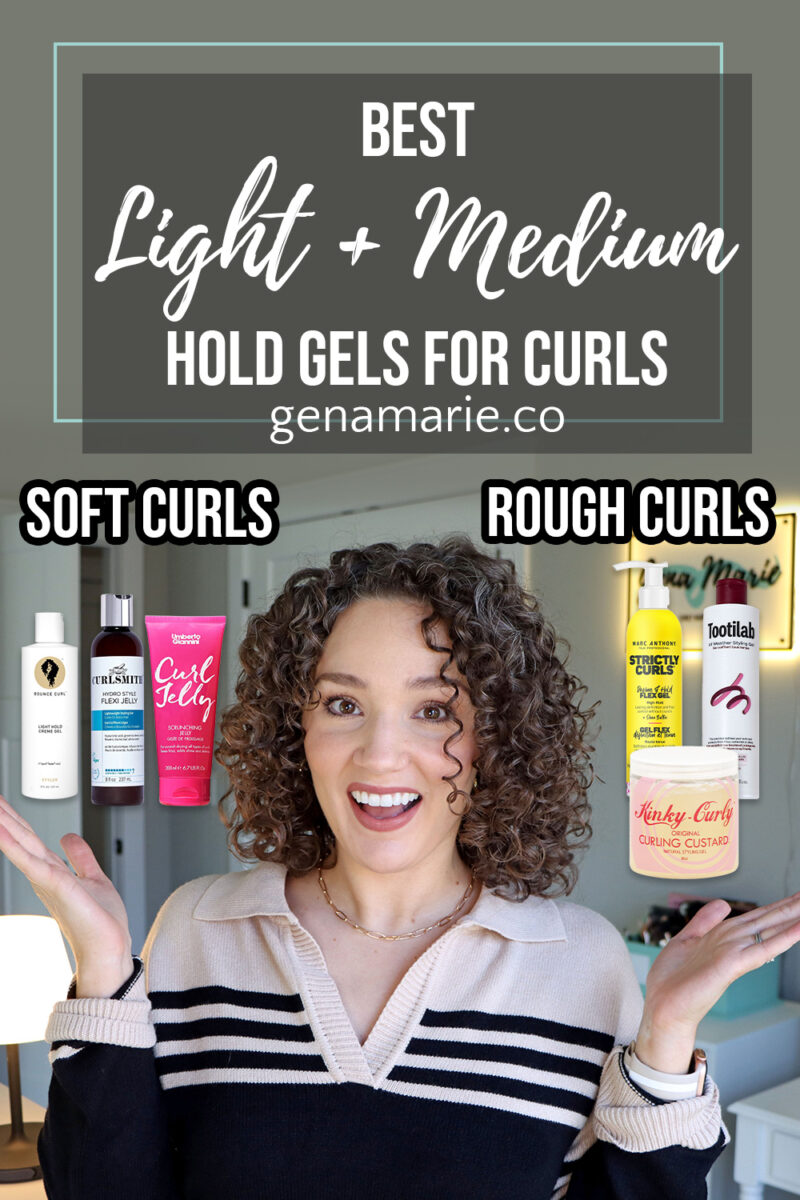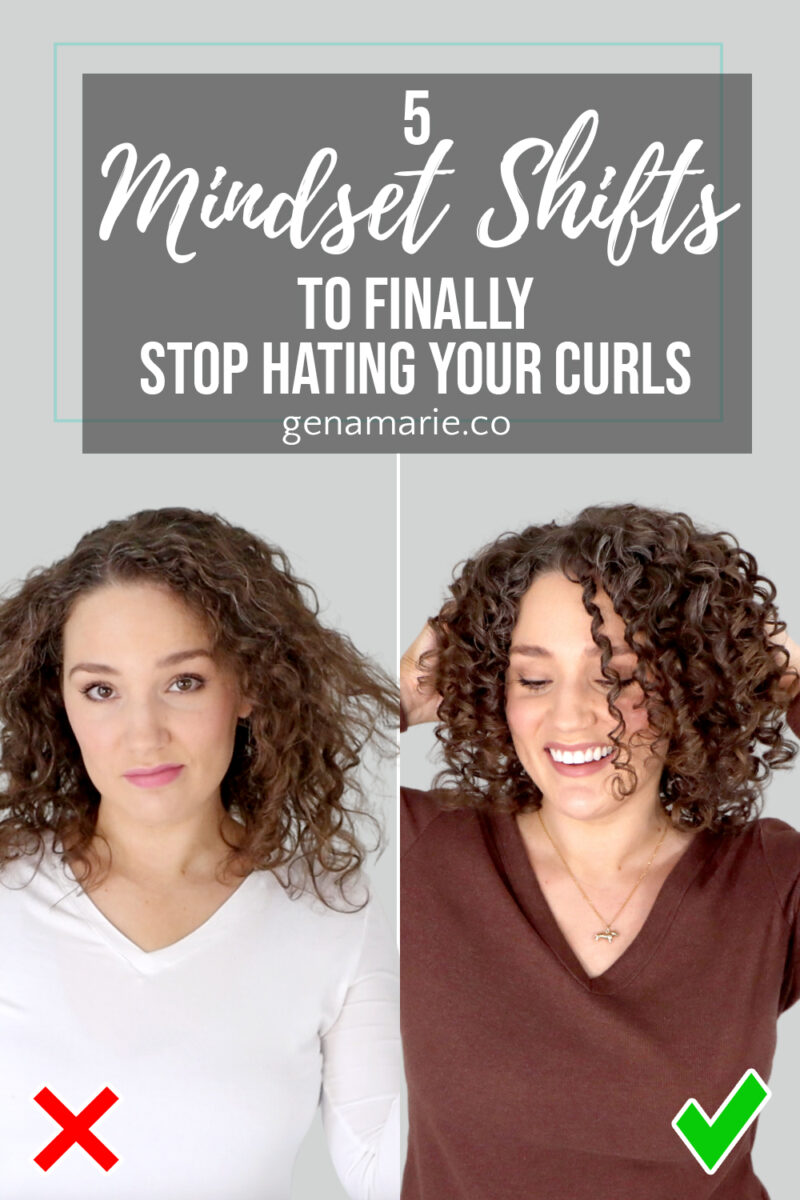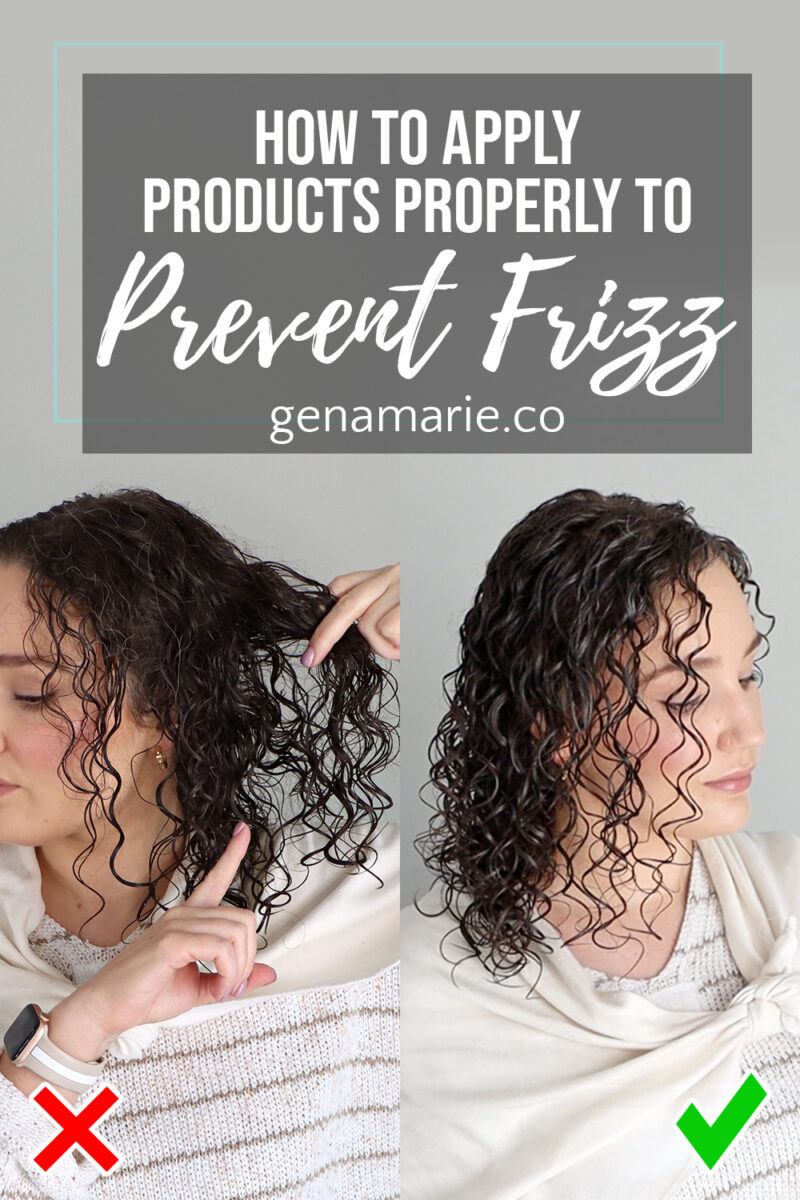
Your Frizz Isn’t Dryness — It’s Over-Conditioned
Most people describe their curls as dry, but what you’re seeing might not be dryness at all.Soft frizz, limp curls, dullness, and lack of definition

What are the common causes of breakage in curly hair, and how can you prevent it? In this comprehensive video, I’m sharing everything you need to know about breakage including how to know if you have breakage, common causes, and solutions. We’re covering topics such as cuticle damage, bond-building treatments, dryness, hygral fatigue, protein overload, dry detangling, pre-poo oils, mechanical damage, how to hide breakage, and more.
Hair breaks when there is tension. Curly hair is naturally more fragile and requires special attention to precent breakage and tangles. Hair will snap when stretched when there is low elasticity. Hair becomes less elastic when it doesn’t have enough strength.
Cuticle Damage
Damage to our cuticle can be caused by many factors, particularly:
Split ends and damage must be grown out and cut off to fully recover. However, there are some products like bond-building and protein treatments that can help strengthen the hair as it grows out. Protein ingredients temporarily fill in the gaps in our hair’s cuticle to strengthen and prevent moisture loss. Bond-builders repair the broken links in keratin within our hair, making it stronger from the inside.
My favorite bond-builders include Curlsmith Bond Curl Rehab Salve and Olaplex No. 3.
To prevent split ends from heat damage, avoid using a hairdryer that gets too hot. Only use warm or cool air when diffusing your hair. My favorite diffuser is this one from Conair because it has a warm setting. Avoid touching the diffuser to your ends for too long, and instead hover it around your head.
Dry Hair
Hair that is lacking moisture loses elasticity and is more likely to break. Hydrate your hair with water and use products that help lock in moisture. Film-forming humectants will help your hair retain moisture and prevent it from drying out in between washes. They’re especially great in very dry climates. Many of these ingredients also help provide slip to reduce tangles which lead to breakage.
Common film-forming humectants:
pH Imbalance & Shampoo Friction
Have you ever noticed when you shampoo your hair it becomes more tangled? Hair is naturally on the acidic side, and shampoo is more alkaline so it can remove oil and products from our hair and scalp. However, shampoos that are too harsh, like those with sulfates, can raise your hair’s cuticle and dry out your hair. Even mild, sulfate-free shampoos raise our hair’s cuticle some.
To prevent shampoo from drying out your hair and causing friction, dry using a pre-poo oil treatment. This creates a barrier on the hair that protects the hair’s cuticle. The most important thing to do when using a pre-poo oil is to let it sit long enough in your hair to penetrate, or else you’ll have trouble getting your shampoo to lather. I like to apply some oil to my hair the night before wash day, or at least 30 minutes before shampooing. See below for more info on dry detangling when using oils. Click here to learn more about pre-poo treatments.
Hygral Fatigue
Water can actually damage our hair’s cuticle if you wash your hair too frequently or leave your wet for long periods of time. This leads to over-moisturized hair that becomes too elastic and loses its shape. Hygral fatigue is defined as:
Damage to your hair follicles caused by repeated swelling and unswelling. It occurs when excessive moisture penetrates the outer layer of your hair and reaches the inner cortex. Over time, repeated swelling from hygral fatigue can lead to symptoms such as frizziness, brittleness, and dullness. (Source: healthline.com)
Hygral fatigue can be corrected by clarifying and using a protein-rich deep conditioner. Incorporate protein in your styling products.
Protein Overload
We’ve discussed protein overload in many videos, but in a nutshell, too much protein leads to breakage because the hair becomes brittle, easily snaps, and is tangly. If your hair is not severely damaged, you don’t need to do many protein treatments. Protein-rich deep conditioners should be used in rotation with protein-free deep conditioners. Avoid using a protein-heavy routine back to back, each wash day. Instead, opt for just 1-2 products that have protein. More on incorporating protein safely here.
If you think your hair is in protein overload, watch this video. Stop using protein ingredients, clarify, and use a very moisturizing deep conditioner without proteins.
Mechanical Damage
This type of breakage occurs when there is too much friction and tension, usually from:
Rough detangling
Although controversial, I prefer dry detangling instead of detangling while my hair is wet with conditioner. When our hair gets wet, it swells which causes the cuticle to raise. This raised cuticle can cause friction, tangles, and is weaker. Our hair is much stronger when it’s dry, so I prefer to section my hair and gradually use my fingers or a flexible brush to detangle. To add some slip, use oil.
Tight hairstyles, braids, hair ties, and clips
Wearing your hair up every day, sleeping in a tight bun or ponytail, and many hair accessories can cause breakage. Instead, use satin scrunchies that don’t cause friction and won’t crease your hair.
Not properly protecting your hair at night
Friction against your pillow can cause curls to tangle and break. Instead, sleep on a satin or silk pillowcase. Added bonus: it’s great for your skin and prevents it from drying out!
Using a bath towel to dry your hair
Bath towels are heavy and have tiny fibers in the material that clings to hair, especially if you’re wrapping your hair up tight in a bath towel when your hair is wet and in its weakest state. Instead, use a HairRepear towel or cotton T-shirt. The flat-weave material won’t snag hair, and it’s more absorbent. I don’t recommend microfiber towels because they still have tiny fibers that cling to hair, although they’re a better option than a regular bath towel.


Most people describe their curls as dry, but what you’re seeing might not be dryness at all.Soft frizz, limp curls, dullness, and lack of definition

Light and medium-hold gels are one of the biggest categories out there — and honestly, most of them don’t work. I’ve tested hundreds of gels.

If you’ve ever felt frustrated with your hair or caught yourself thinking, “I just have bad hair,” “Nothing ever works for me,” or “My curls

If you’re still getting frizz even though you’ve tried so many products, the issue may not be the products at all — it might be
One Response
Gina, your information is great, however, I am 75, have dyed blonde hair, and it’s very dry, tangled, loose curls, and I have a lot of the products you mention. I use Olaplex some of the time, and it is miraculous.
I appreciate all your advice, but I need something to help me use the products from the oil before you shampoo to the end result and 2nd day hair.
I find that I don’t know in what order to use the products so I use quite a bit of products after condition to bring the curl back and hydrate my hair because I am not sure what to use.
If I haven’t confused you by now, I just need help day to day to keep my hair looking healthy. With all the products, I am terribly confused.
My hair is fine but I have a lot of hair. Help!
Thank you
marield65@yahoo.com
Marie Devlin